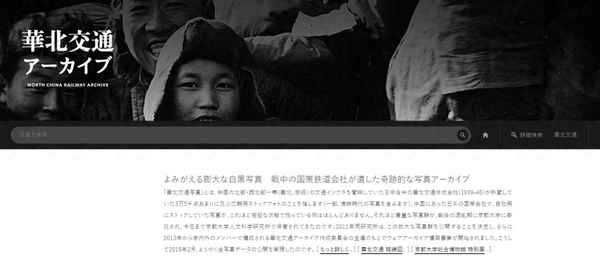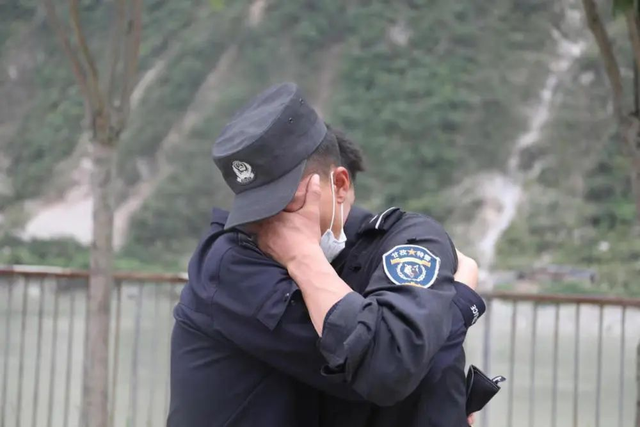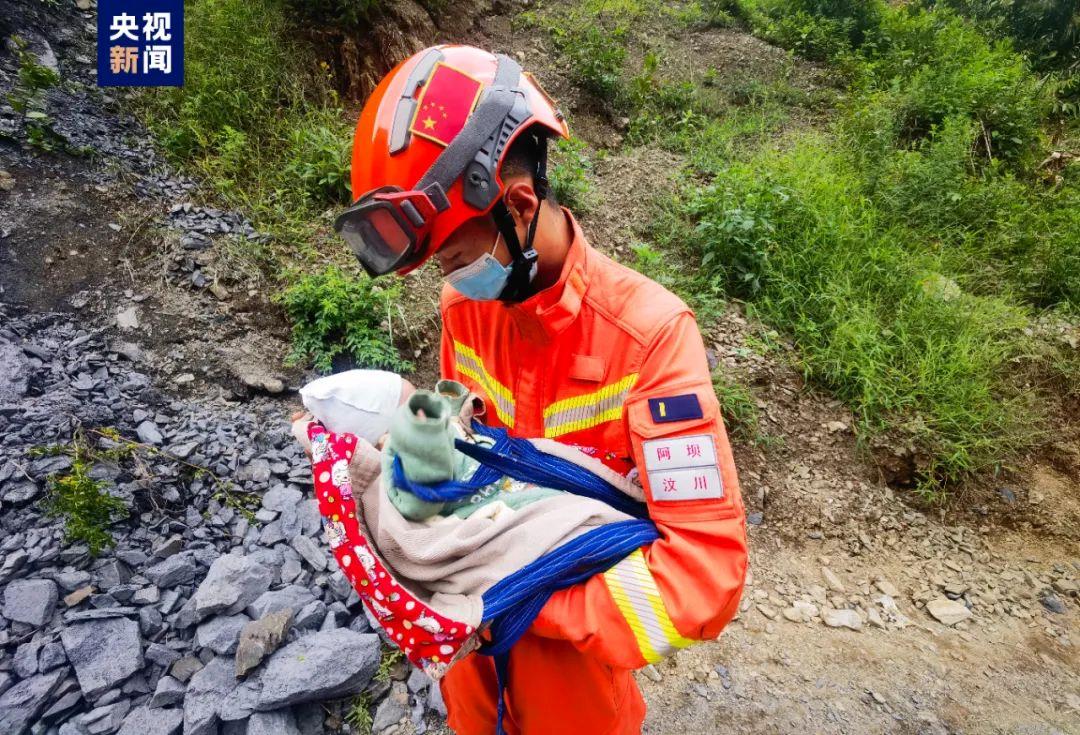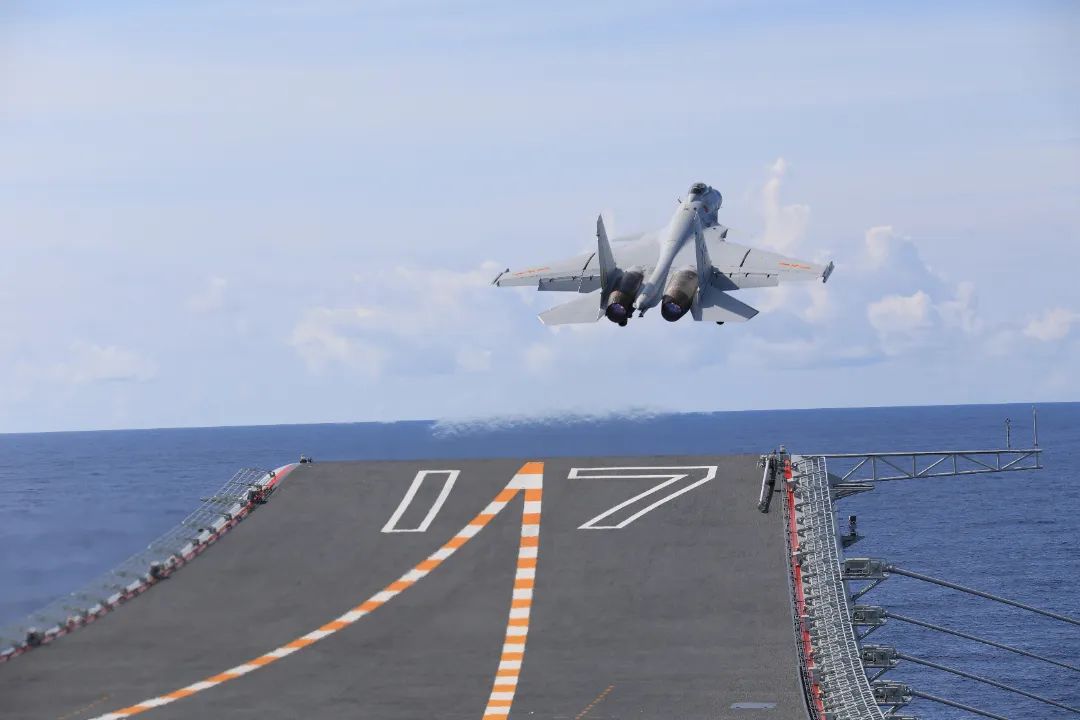thinkbook14g5+irh(thinkbook14g5 irh)
“我們展出這組龐大的圖片集,是希望能吸引更多人關注中國歷史和中日關系。”
About 35,000 rare photos of China's transportation and culture during the War of Resistance against Japanese Aggression (1931-45) were exhibited at Kyoto University, and many Chinese netizens were shocked to see them and considered them hard evidence of Japan's invasion of China.
日本京都大學近日展出了約三萬五千張中國抗日戰爭時期(1931-1945年)的老照片,這些罕見照大多記錄了當時中國部分地區的交通基礎設施情況以及風土人情。但許多中國網民在看了這些照片表示非常震驚,認為這是日本侵華的有力證據。

來源:《華北交通寫真》官網截圖
The photos, which will be exhibited at the university's museum from Wednesday to April 14, were included in a photo exhibit titled North China Railway Archive (NCRA) compiled by the university's Institute for Research in Humanities (IRH) over eight years.
展覽于2月13日至4月14日在日本京都大學綜合博物館舉行,所展照片均出自京都人文科學研究所耗時八年編制的《華北交通寫真》。
來源:京都大學人文科學研究所官網截圖
These photos were accidently found in 2008 when the IRH moved office. They are valuable historical materials of the Chinese customs and landscapes, Ishikawa Yoshihiro, who was in charge of the NCRA project, told the Global Times on Thursday.
這些照片是在2008年研究所搬遷時偶然發現的。《華北交通寫真》項目負責人石川禎浩在周四接受采訪時告訴《環球時報》,這組圖片是記錄當時中國風俗景觀的珍貴歷史材料和影像資料。
The 35,000 photos were collected by the "north China transport company," a Sino-Japanese joint venture in China from 1939 to 1945, according to the NCRA website.
據《華北交通寫真》官網報道,這三萬五千張照片是由華北交通株式會社所收集留存的。該會社是1939年至1945年期間在中國建立的中日合資公司。
來源:華北交通寫真官網截圖
The Global Times reporter learned that, except for some photos of soldiers holding guns, few of the photos show any traces of war.
《環球時報》記者了解到,除了一些持槍的士兵照片外,很少有照片展示戰爭的畫面。
來源:華北交通寫真官網截圖
Ishikawa said that the company was mainly focused on using them for advertising. "So it is possible that the photographer wanted them to look like this," he pointed out.
石川禎浩說這些戰時資料主要用于日本公司的廣告宣傳,他指出“拍攝者可能就是想要這樣展示”(編者注:不展示太多戰爭畫面)。
"I hope to attract more people to pay attention to China's history and Sino-Japanese relations by releasing this huge collection of photos," said Ishikawa.
“我們展出這組龐大的圖片集,是希望能吸引更多人關注中國歷史和中日關系,” 石川禎浩說。
However, when reports of the exhibit spread on Chinese social media, many Chinese netizens said that the photos were evidence that Japan invaded China, and that Japan should apologize sincerely.
然而,當有關該展覽的報道在中國社交媒體上傳播時,許多中國網民表示,這些照片是日本侵華的證據,日本應該誠懇地道歉。
來源:微博截圖
"Such an explanation is also reasonable," Ishikawa said, noting that "different people have a different understanding and interpretation, and the right to evaluation should be given to the audience."
“這樣的解釋也是合理的,” 石川禎浩說,并指出“觀眾因價值觀和立場不同,在認識和解讀方面產生分歧理所當然,應當把評價的權利交給觀眾”。
來源:微博截圖
On Sina Weibo, the related topic generated over 400,000,000 views as of press time.
在新浪微博上,截至發稿時,相關主題的觀看次數已經超過4億。
來源:華北交通寫真官網截圖
According to the NCRA website, many of the photos were taken in Beijing and Tianjin, but some of the photos were taken in Nanjing, East China's Jiangsu Province, where the Japanese troops embarked on more than 40 days of slaughter in 1937 that killed about 300,000 civilians and unarmed Chinese soldiers.
根據官網,許多照片是在北京和天津拍攝的,但部分照片是在南京拍攝的。日本軍隊于1937年開始在南京及附近地區進行了長達40多天的屠殺,30余萬同胞慘遭殺害。
來源:網絡
Staff member of the Memorial Hall of the Victims in Nanjing Massacre by Japanese Invaders told the Global Times on Thursday that the memorial hall paid high attention to the photos, and experts need time to verify whether those photos were taken during the Nanjing Massacre.
侵華日軍南京大屠殺遇難同胞紀念館的工作人員于周四告訴《環球時報》,紀念館高度重視這些照片,專家需要花些時間來核實這些照片是否是在南京大屠殺期間拍攝的。
來源:網絡
來源:網絡
對于《華北交通寫真》的公布你是怎么看的,歡迎留言討論。
文:邢曉婧 陳茜
整合:A君
圖:京都大學、華北交通寫真官網、網絡






